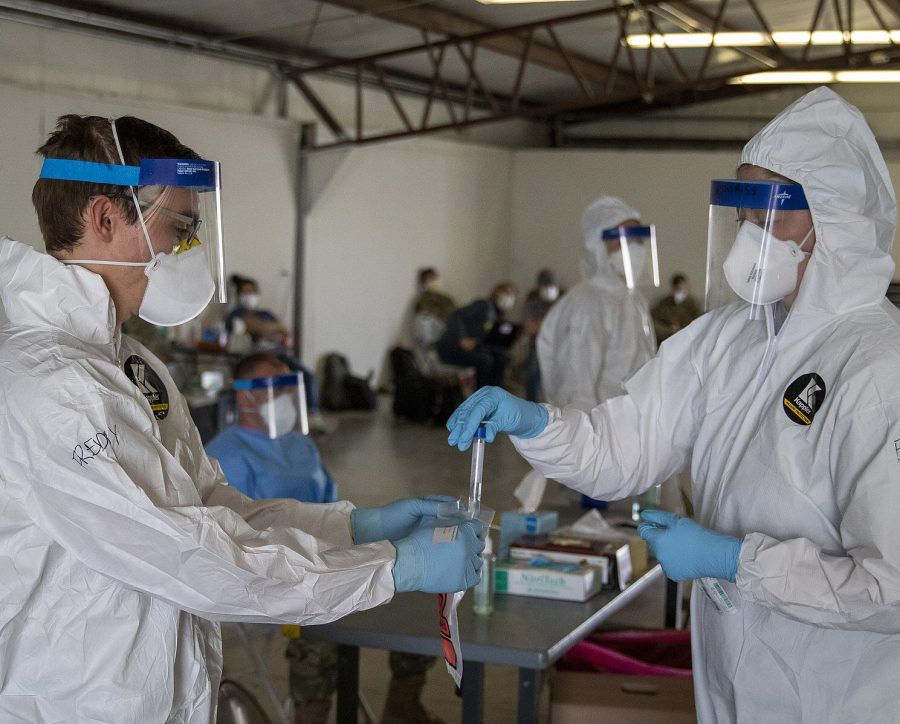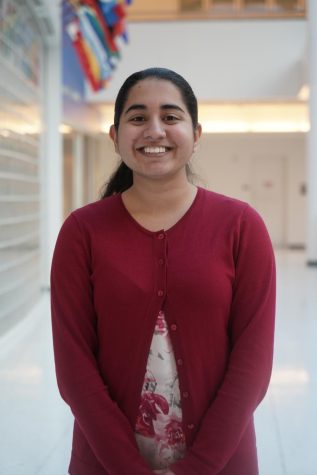New York introduces at-home COVID-19 testing kits to complement contact tracing program
November 20, 2020
New Yorkers will no longer have to wait in line to get coronavirus tests as they will be able to do the tests at home.
As of Oct. 1, nine companies are selling at-home testing kits. Although eight of them require paying before getting one, Pixel by LabCorp is allowing consumers to cover costs with insurance, or for those who don’t have it, from government aid.
“The cheapest option is priced at $109 while the most expensive test is offered at $155,” according to GoodRx.
The process to get approval for one of these kits was explained during Mayor Bill de Blasio’s briefing on Nov. 12.
First, a phone call must be made with a contact tracer. To combat the coronavirus, New York State created the NYS Contact Tracing Program.
The program’s employed contact tracers call people and inform them if they have been in contact with someone who tested positive for the coronavirus. Once an individual completes their interview with a contact tracer, they can get a testing kit shipped to them.
There are two versions of the kit: one for those who have already tested positive and those who haven’t.
The overall kit “includes personal protective equipment” and “monitoring equipment such as thermometers,” Dr. Amanda Johnson of Health + Hospitals and NYC’s Test and Trace Corps said.
For those who tested positive already, the kits also include “a pulse oximeter, which is critically important for managing and watching your trajectory during your infection. It also includes cleaning supplies, hand sanitizer and very recently, we’ve started to include an at-home testing kit,” Johnson added.
Once the coronavirus care package arrives in the mail, the recipient must create an online account using activation codes inside the box. Inside the box, there is a plastic vial with solution in it and a nasopharyngeal swab.
“You are going to put [the swab] inside each nostril. Swirl it around 4 times, and then take that same swab, put it in the other nostril, swirl it around 4 times. It should not be uncomfortable. Do not insert it more than an inch into your nostril,” Johnson instructed.
The briefing also explained how to send the results back to be processed, with results known within 48 hours. The swab must go headfirst into the vial and closed tightly. The user will know if it is closed properly if the solution is not leaking.
After, the tube will go inside the provided biohazard bag sealed and put back inside the kit. To ensure rapid results, a user can call the phone number on the side of the kit to have it picked up on the same day it’s completed, according to Johnson.
The announcement of at-home testing kits comes at a critical time in New York. De Blasio has called for schools to close again as the percentage of reported cases approached 3%.
As the state faces a second wave of the coronavirus, test sites find themselves again with long lines, according to The New York Times. Like in the spring, Gov. Andrew Cuomo announced a 10 p.m. curfew for restaurants, gyms and bars, as well as put a 10 person limit on social gatherings.
Though social distancing and wearing masks is expressed by the Centers for Disease Control and Prevention as necessary to combat the coronavirus, testing is also mentioned as crucial. As the coronavirus positivity rate fluctuates, experts continue to urge individuals to get tested.
“It’s crucial of course to help treat, isolate or hospitalize people who are infected. Testing also is important in the bigger public health picture on mitigation efforts, helping investigators characterize the prevalence, spread and contagiousness of the disease,” Dr. Eduardo Sanchez, American Heart Association’s chief medical officer for prevention, wrote.
With the pandemic raging across the United States and a vaccine not available for distribution yet, at-home testing kits provide New Yorkers with a safer and faster option to know their health status.








